Description
1. Introduction to Biochemistry
2. History of Biochemistry
3. Biomolecules
4. Atoms
5. Inorganic and Organic Compounds
6. Bonds
7. Water
8. pH
9. Buffer System
10. Oxidation and Reduction
11. Redox Reactions
12. Chemical Equilibrium
13. Isomerism
14. Carbohydrates
15. Functions of Carbohydrates
16. Classification of Carbohydrates
17. Monosaccharides
18. Classification of Monosaccharides
19. Structure of Monosaccharides
20. Properties of Monosaccharides
21. Glucose
22. Fructose
23. Galactose
24. Ribose
25. Oligosaccharides
26. Glycosidic Linkage
27. Classification of Oligosaccharides
28. Sucrose
29. Lactose
30. Maltose
31. Polysaccharides
32. Classification of Polysaccharides
33. Starch
34. Glycogen
35. Cellulose
36. Lignin
37. Chitin
38. Inulin
39. Hyaluronic Acid
40. Chondroitin
41. Heparin
42. Agar-Agar
43. Lipids
44. Structure of Lipids
45. Classification of Lipids
46. Properties of Lipids
47. Functions of Lipids
48. Fatty Acids
49. Fats
50. Oils
51. Waxes
52. Simple Lipids (Triglycerides, Homolipids)
53. Compound Lipids
54. Derived Lipids
55. Phospholipids
56. Glycolipids or Galacto lipids or Cerebrosides or Glycosphingosides
57. Steroids
58. Amino Acids
59. Classification of Amino Acids
60. Structure of Amino Acids
61. Properties of Amino Acids
62. Proteins
63. Classification of Proteins
64. Chemical Composition of Proteins
65. Peptide Bonds
66. Structure of Protein
67. Properties of Proteins
68. Hemoglobin
69. Cytochromes
70. Myoglobin
71. Silk
72. Wool
73. Collagens
74. Keratin
75. Albumins
76. Glycoproteins
77. Tests for Proteins
78. Nucleic Acids
79. Deoxyribonucleic Acid (DNA)
80. RNA (Ribonucleic Acid)
81. Enzymes
82. Biological Function of Enzymes
83. Nomenclature of Enzymes
84. Chemistry of Enzymes
85. Classification of Enzymes
86. Properties of Enzymes
87. Chemical Energetics of Enzymes
88. Enzyme Activation
89. Mechanism of Enzyme Action
90. Enzyme Kinetics
91. Enzyme Inhibition
92. Factors Affecting Enzyme Activity
93. Coenzymes
94. Prosthetic Groups
95. Applications of Enzymes
96. Vitamins
97. Vitamin A: Retinol or Antixerophthalmic Vitamin
98. Vitamin E: Tocopherol or Anti sterility Vitamin
99. Vitamin K: Antihaemorrhagic Vitamin
100. Vitamin B complex
101. Vitamin C: Ascorbic Acid or Antiscorbutic Vitamin
102. Vitamin D: Calciferol or Antirachitic Vitamin
103. Animal Hormones
104. Plant Hormones
105. Prostaglandins
106. Pigments
107. Bioenergetics
108. Chloroplast Bioenergetics
109. Mitochondrial Energetics
110. NADP/NADPH redox couple Bioenergetics
111. ATP and Cyclic AMP
112. Biological Energy Conversions
113. Biological Oxidations
114. Metabolism of Carbohydrates
115. Glycogenesis
116. Glycogenolysis
117. Glycolysis
118. Krebs Cycle (Citric Acid Cycle)
119. The Hexose Monophosphate (HMP) Shunt
120. Gluconeogenesis (Neoglucogenesis)
121. Uronic Acid Pathway (Metabolism of Glucuronic Acid)
122. Pasteur’s Effect
123. Blood Sugar Level
124. Metabolism of Proteins
125. Oxidative Deamination
126. Transamination
127. Decarboxylation
128. Transmethylation
129. Ornithine Cycle or Urea Cycle
130. Catabolism (of the Carbon Skeleton) of Amino Acids
131. Anabolic Phase of Amino Acids (Biosynthesis of Amino Acids)
132. Energetics of Amino Acid Oxidation
133. Anabolism of Proteins (Biosynthesis of Proteins)
134. Inborn Errors of Metabolism
135. Metabolism of Lipids
136. Metabolism of Glycerol
137. Metabolism of Fatty acids
138. Ketogenesis
139. Biosynthesis of Fatty Acids
140. Biosynthesis of Triglycerides
141. Interrelationship of Carbohydrate, Lipid and Protein Metabolisms
142. pH Meter
143. Centrifuge
144. Spectroscopy
145. Chromatography
146. Electrophoresis
147. Laboratory Experiments
148. Spotters
Glossary
Index


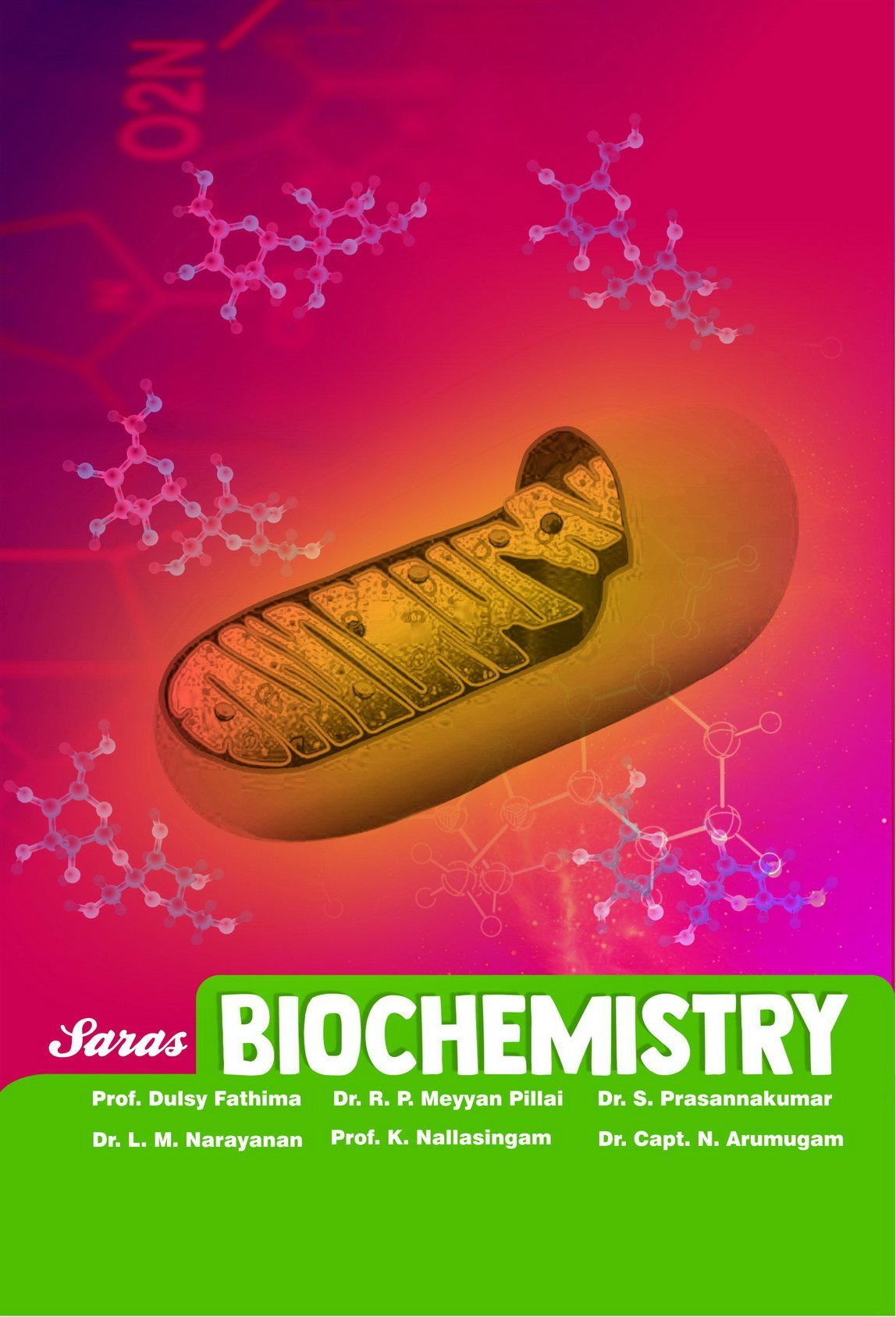
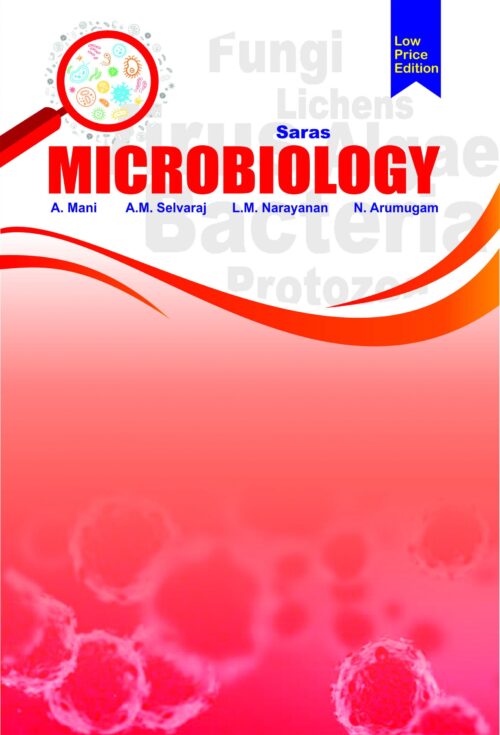
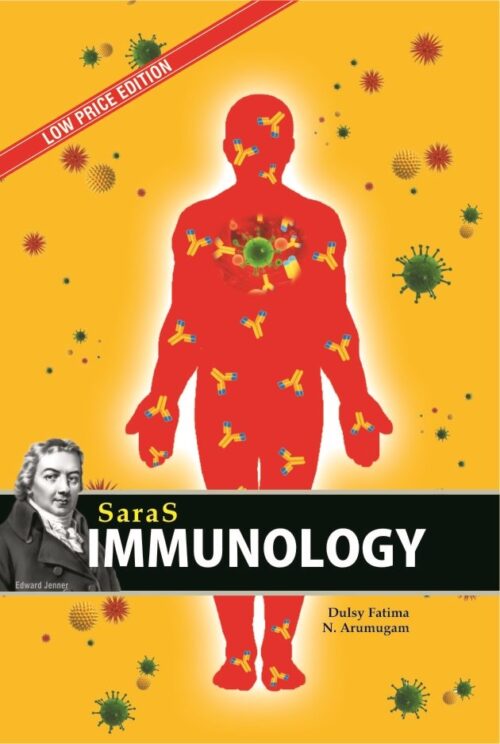
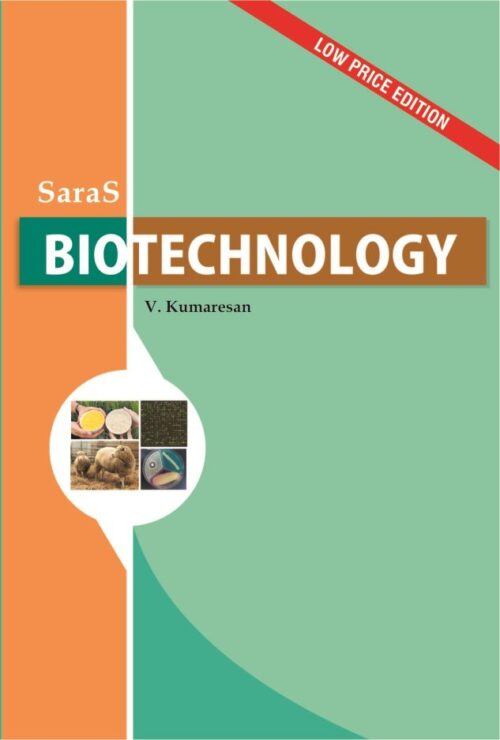
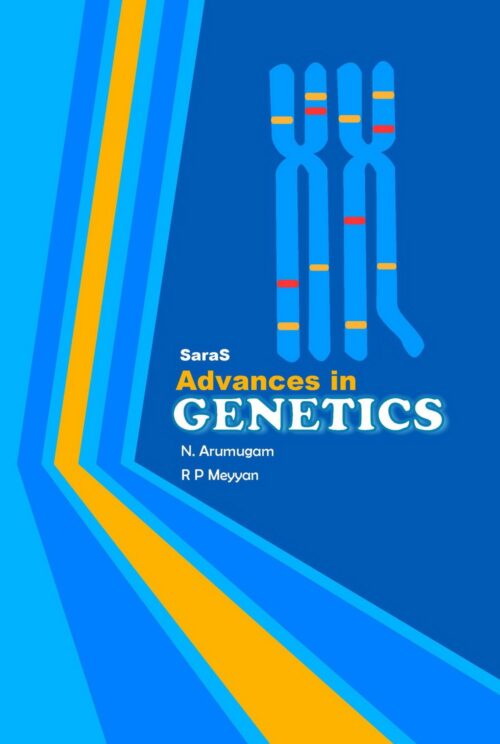
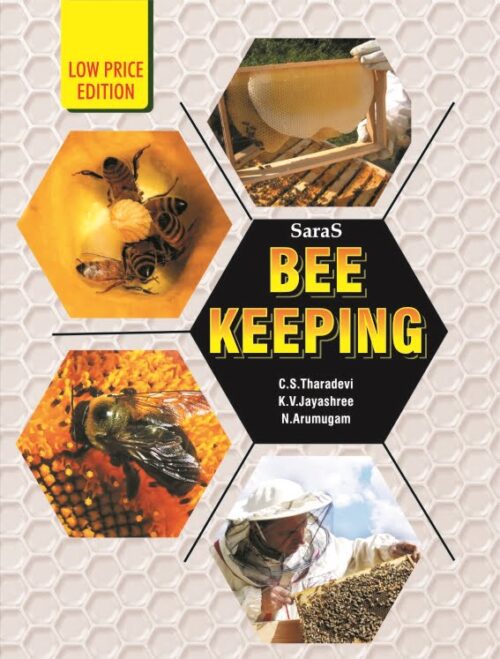
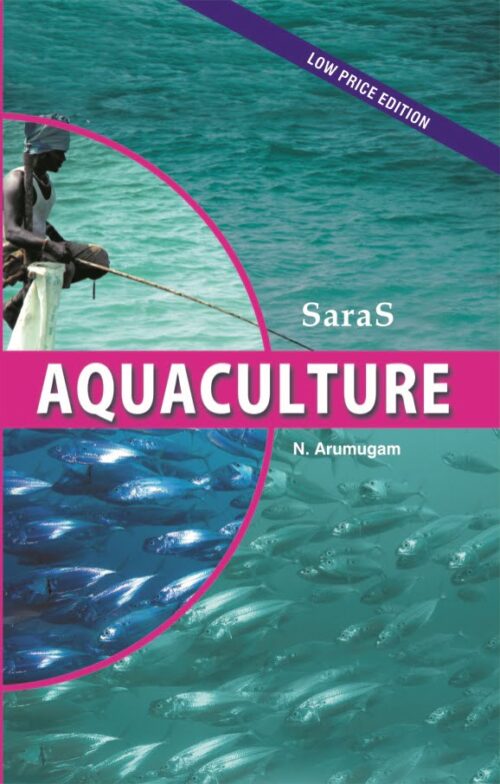
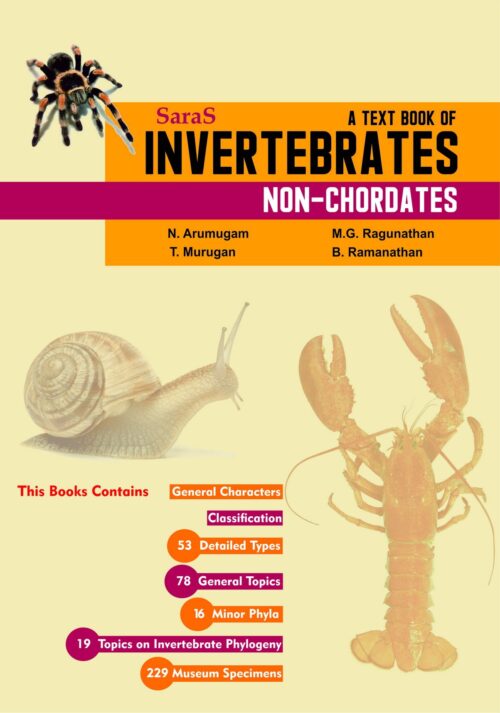

Reviews
There are no reviews yet.